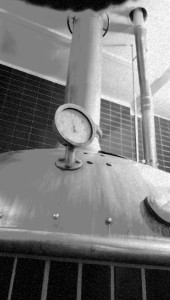
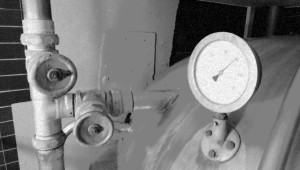
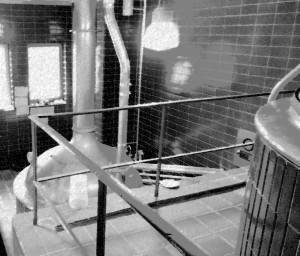
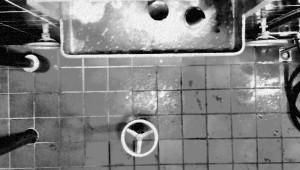
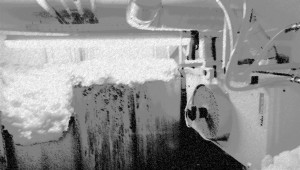
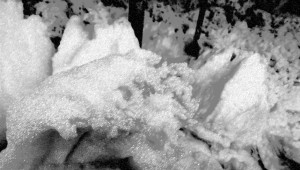
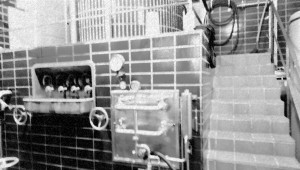

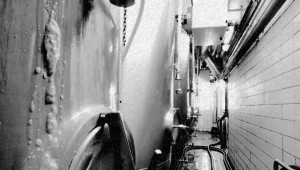
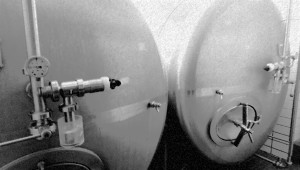 The „Alt“ or Old bier traditional method of brewing ale was popular in Dusseldorf way before the advent of refrigeration and puny light lagers.
The „Alt“ or Old bier traditional method of brewing ale was popular in Dusseldorf way before the advent of refrigeration and puny light lagers.Our uncompromising brew master Frank users the same top fermented method andthe same genetics of barley and in house yeast strain as generations of his predecessors in order to meets the stringent requirements sought after by the brew ‚ s fanatical following.
Discover the process used by this state of the art brewery to produce our age-old Altbier.
- The mash. Crushed malt and Dusseldorf water are slowly heated in our mash kettle. This proocess converts the starch from the malt in to usable sugars, thus producing the flavorful wort.
- The Lautering. Another kettle is used to separates the malted solids from the wort and it’s dissolved sugars. After this filtration stage, the wort is sent to a boiler while the spent malt solids, called Treber are trucked away to be fed to some happy Westphalia cows. We also use the Treber to make bread, which is served at the brewery.
- The boiler. The boiling stage is a crucial stage that is used to sterilize and stop the enzymatic process of the wort. This is the magical stage where our secret species of hops are introduced to determine the final flavor profile and intensity of the final brew.
- The settling tank. In this stage the hopped wort is circulated in in a centrifuge in order to remove the coagulated proteins and hop solids (the trub) from our mixture before the fermentation stage.
- The fermenter. hopped wort is then slowly cooled to around 16 degrees Celsius. The heat that is removed from the wort is transfered to the water used in the mash in order to maximize the efficiency of the next batch. This is where our proprietary year species is added to to promote the top fermentation and trigger the production of CO2 and and alcohol. a lot of he yeast that is found at the top of our open fermentation tanks is now removed and can be re used for up to three or four more brews, a process that has remained unchaged for centuries.
- The maturation. The complex flavors and aromas of the brew are made possible by a temperature controlled maturation period of 2-4 weeks. After this process the remaining yeast can be removed and the beer is ready to be bottled or poured and served.